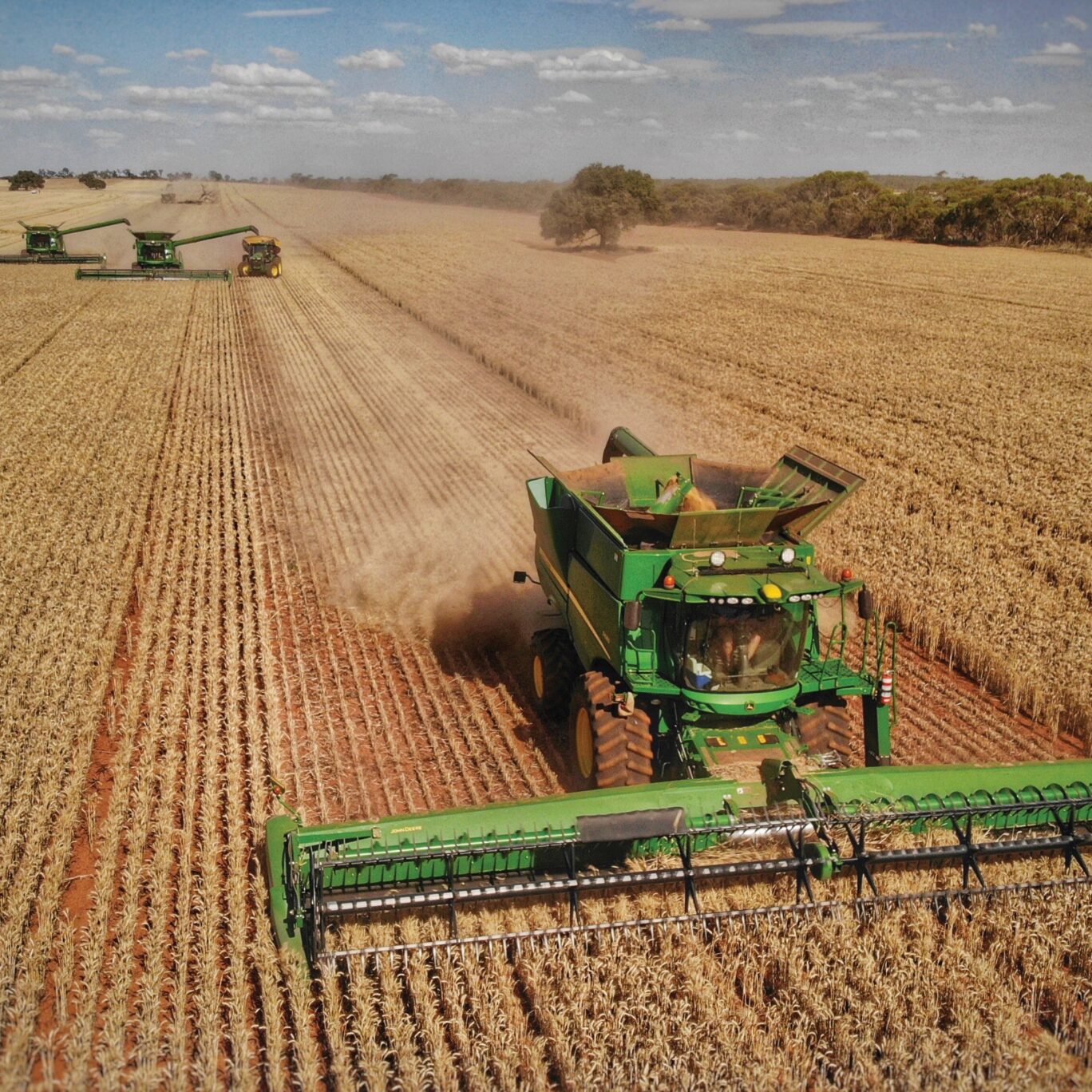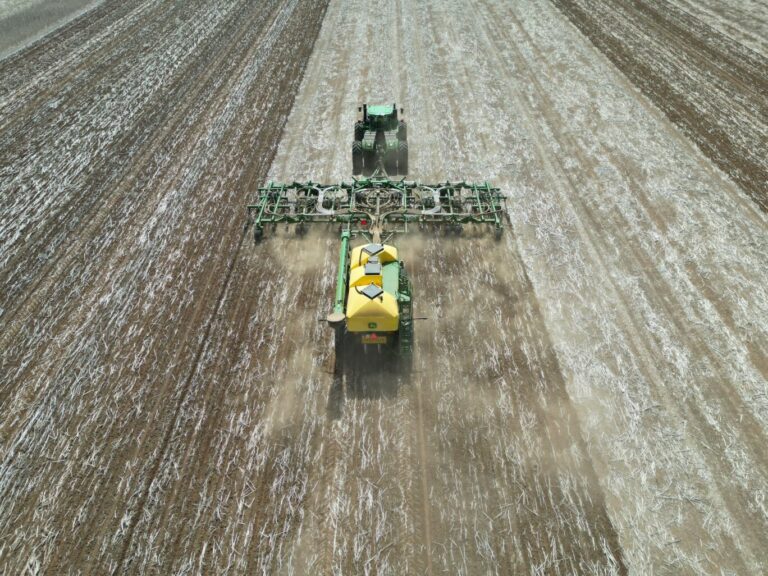Subscribe To Our Weekly Newsletter
Categories
We always like to know how things are travelling for growers around our region. This edition, we caught up with agronomist Mark Breust from Delta Agribusiness to see how things are faring in the Temora area.
An agronomist for 10 years, first in Ariah Park and now in Temora, Mark Breust has been with Delta Ag for the past 18 months and saw the relief local growers experienced after the bumper harvest last year.
“We went from the worst harvest on record in 2019 to the best on record for most clients last year, so people were pretty happy.
“At the start of this season, things were looking great. We had some phenomenal rain through January to March, and then, end of March, it just turned off. We didn’t get a mil through all of April till early May,, which is usually a pretty critical period for us. We grow a lot of our feed for winter during that time, so we didn’t get a bulk of feed on the ground for livestock. Some of the grazing crops suffered a little bit, but they recovered not too bad, and they’ve all been locked up now.
“Overall, growers south and west of Temora are having another good year. It’s probably not as advanced as last year, just because it has got considerably wet, but once it starts to warm up, things will hopefully tick along really well. If that happens, they’re in for another big year.

“That’s not the case for growers north and east of Temora. There it’s just been incredibly wet all the way through and coupled with the soil type – a lot of that country out that way is heavy clay – their crops are struggling. It will be a bit patchy out there. Some of the canola and wheat won’t recover but the good parts will be great. So hopefully, it doesn’t average out too badly for them.”
We spoke to Mark in early August, which was the first week since the end of June that most farmers had been able to get out onto paddocks.
“Right now, everyone that can is spreading by ground rigs. The ones that can’t are having to wait it out. Most growers got some base level nitrogen on early so it’s all about topping up to maintain yield. You can’t get a plane as they’re all tied up elsewhere, and in certain areas some guys are not a lot of rainfall away from a complete washout, so some of them are quite reluctant to spend too much more at the minute on spreading. They’ll wait it out another three weeks, or a month, and just see where things go.
“The sentiment we’re seeing really depends on the client and their situation but some of them are a little down. Last year, they lost a little bit to water logging, but not a hell of a lot, and they thought this year, those spots would pick up. So, it’s been a double whammy for a couple of those guys. But in saying that, they know that it’ll average out, and if next year is on the average to dry side, those paddocks are going to reap the benefits of that stored moisture.
“And 2019 is still fresh in everyone’s mind. They’ll just take this and see how it goes. With canola prices where they are, and wheat prices holding up not too bad, they can have a bit of a yield penalty and still be in a similar spot to an average year.
“Canola is tracking around $800 delivered in Temora, which is $250-$300 a tonne above average. It’s nearly a third better, which means you can grow a third less and have the same return as an average year, so record pricing is certainly helping grower sentiment in those areas. Wheat is tracking up. There are a lot of issues overseas, particularly in the European Union and America with drought, fires and flooding. It’s not good for them, but it’s good for our pricing. It hasn’t happened too often that you potentially have big crops and high prices.”
Like many across the eastern states, farmers in the Temora district have felt the impact of mice infestation.
“It’s probably more in the south and west of Temora that the impacts of mice have been felt. They’ve been hit by rabbits as well, with some significant areas of wipe outs but that’s just part and parcel of a good season, with so much carry-over feed and shelter available. There was a lot of grain on the ground post-harvest and the numbers have exploded.
“We haven’t had to bait too many times out here. A lot of paddocks have only been baited the once straight after sowing. A few growers just said, ‘Oh, we’ll just wait and see’ and in some instances they ended up being complete re-sows, making it an expensive decision.
“With the rabbits, farms are working with Local Land Services who are running a baiting program, particularly in that area. They provide the carrots at the growers’ expense, and the grower just runs the carrots out wherever they need to. Some of that baiting has worked quite well.”
We asked Mark to predict how the back end of the season will shape up, and based on bureau forecasts, he says it will likely be above average rainfall, and cooler than average temperatures.
“If it stays that way, we’re going to have some issues, trafficability-wise, particularly on the heavy country that’s already wet. If crops stay as wet as what they are now, the yield will probably go back by the week.
“This last week, we’ve had a couple of warmer days pushing 18 degrees, and it’s dried things out a little bit on top, so we’ve been able to get a few jobs done. Southwest of Temora has been able to spread, and get some spraying done, so they’re in a good position, but we probably need a few more weeks of above average temperatures and not a lot of rainfall for the guys east and north to get on and do the same.
“I don’t think the crops will be as good as last year, but only time will tell.”
Articles And Resources From The Hutcheon & Pearce Newsroom

John Deere Seeding: Smarter Together
Experience precision, productivity and peace of mind with a complete

Celebrating Success: H&P Apprenticeship Graduation
Hutcheon & Pearce celebrate their newest graduates of the High

Cobram Women in Turf Program a Success
An action-packed week at the Cobram Barooga Golf Club saw


